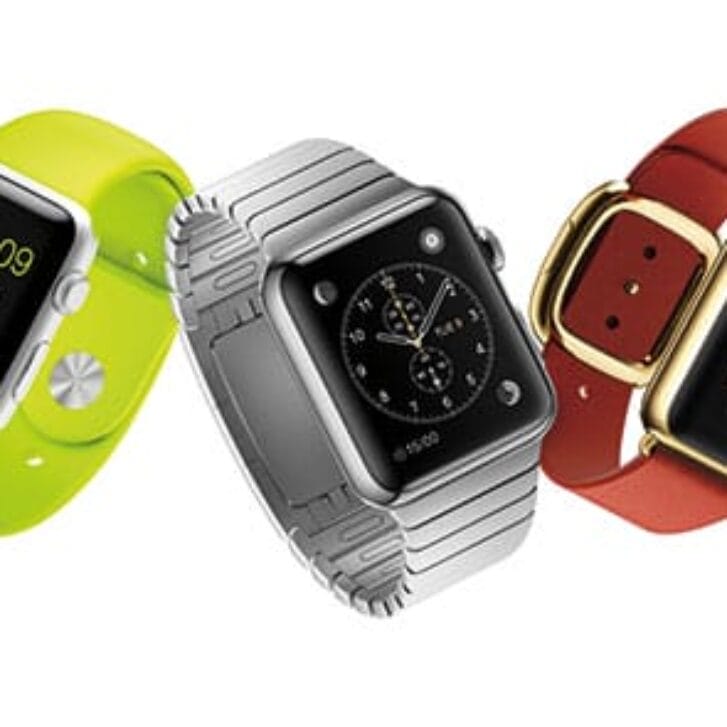The number of mobile health applications has increased to where there are more than 31,000 on the market today. Most sponsors and their developers simply put the application out there to see if it sticks. Some do, but the majority does not. Why is that?
The first answer has to do with whether the application is serving a clinically meaningful purpose. Is the application changing the behavior of the person using it and is this change in behavior resulting in a clinically meaningful outcome? This also plays into whether the Food and Drug Administration will clear the application or device for use, and whether the mobile application will be paid for by insurers.
All three of these conditions have been met by a diabetes application developed by a Baltimore company called WellDoc Inc.
This particular application was first studied in a year-long randomized controlled trial where one group received the application and another received “best care.” In the group that received the application, HbA1c levels, the gold standard by which clinicians evaluate a diabetic patient’s status, were significantly lower compared with HbA1c levels of the control group. The lower the HbA1c level, the better off a diabetic patient will be over the long term. The better off patients are long term, the lower their chances of suffering from diabetes-associated complications as this measurement is a proxy for their whether their diabetes is under control or not. Physicians use this measure to determine whether they need to intervene in a diabetic patient’s therapy.
This study was published in Diabetes Care, one of the leading diabetes journals. Payers such as CareFirst BlueCross BlueShield, the Maryland BCBS program, picked up on this and began paying for the application. Coincidentally, many of the patients entered into the study were covered by CareFirst. Physicians can now prescribe the application and their practices will be paid as part of the overall management of patients who are at high risk of diabetes and have high HbA1c levels.
So what are the lessons? First, prove your application has clinical value by proving it is clinically beneficial. Getting the results published in a peer reviewed journal also helps. Second, FDA clearance legitimizes the application. Third, get it reimbursed by an insurer. If mobile health care software developers think in these terms as part of their application development and build these types of milestones in the process, they will be way ahead of the game in providing value.

























